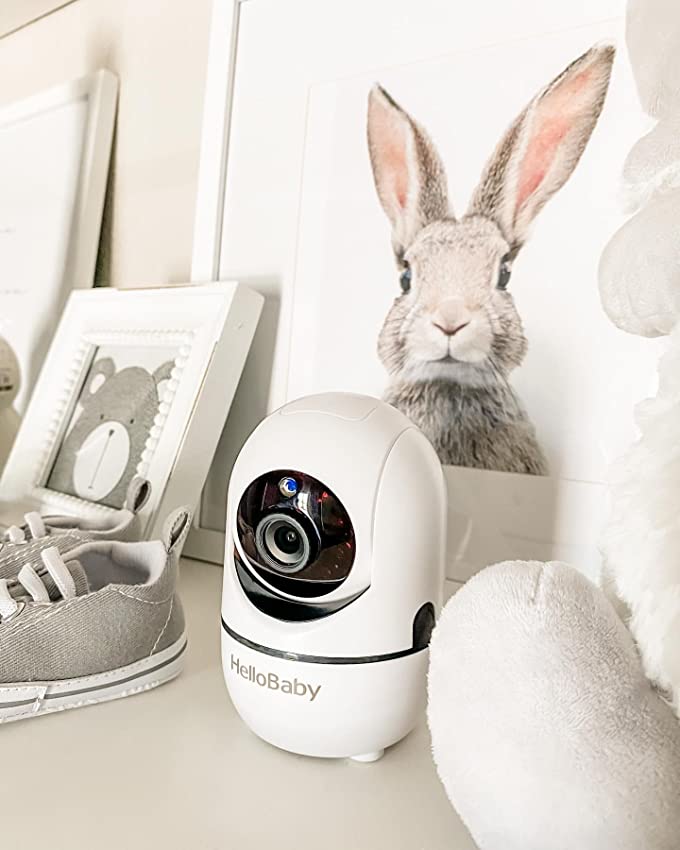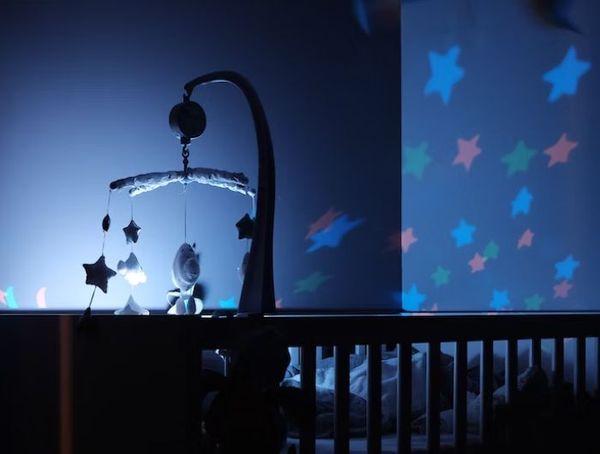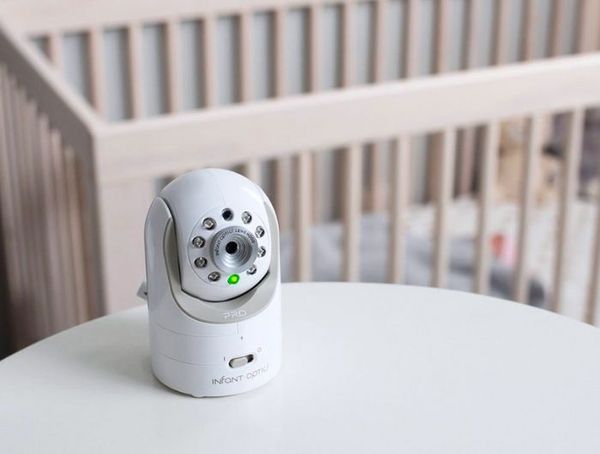A baby monitor is one of the most essential tools to have in the nursery, but with so many options on the market, it can be hard to know which one to choose. The latest debate is between WiFi baby monitors and non-WiFi baby monitors.
How WiFi Baby Monitors Work
Wifi baby monitors connect to your home WiFi network, and then use an app on your phone or tablet to give you a live feed of your baby's room.
A WiFi baby monitor operates through wireless frequencies that broadcast signals between the camera unit and the monitor's receiving unit. Through this transmission, you get to monitor what your baby is doing while you are away from them.
The WiFi baby monitor's camera unit picks up images and sound around your baby's crib area, then transmits this data to the receiving unit, typically an app on your smartphone or tablet.
With this app, you can look at live video feeds of your child’s room, adjust camera angles, and check the temperature around your baby's crib. Wifi baby monitors connect to your home WiFi network.
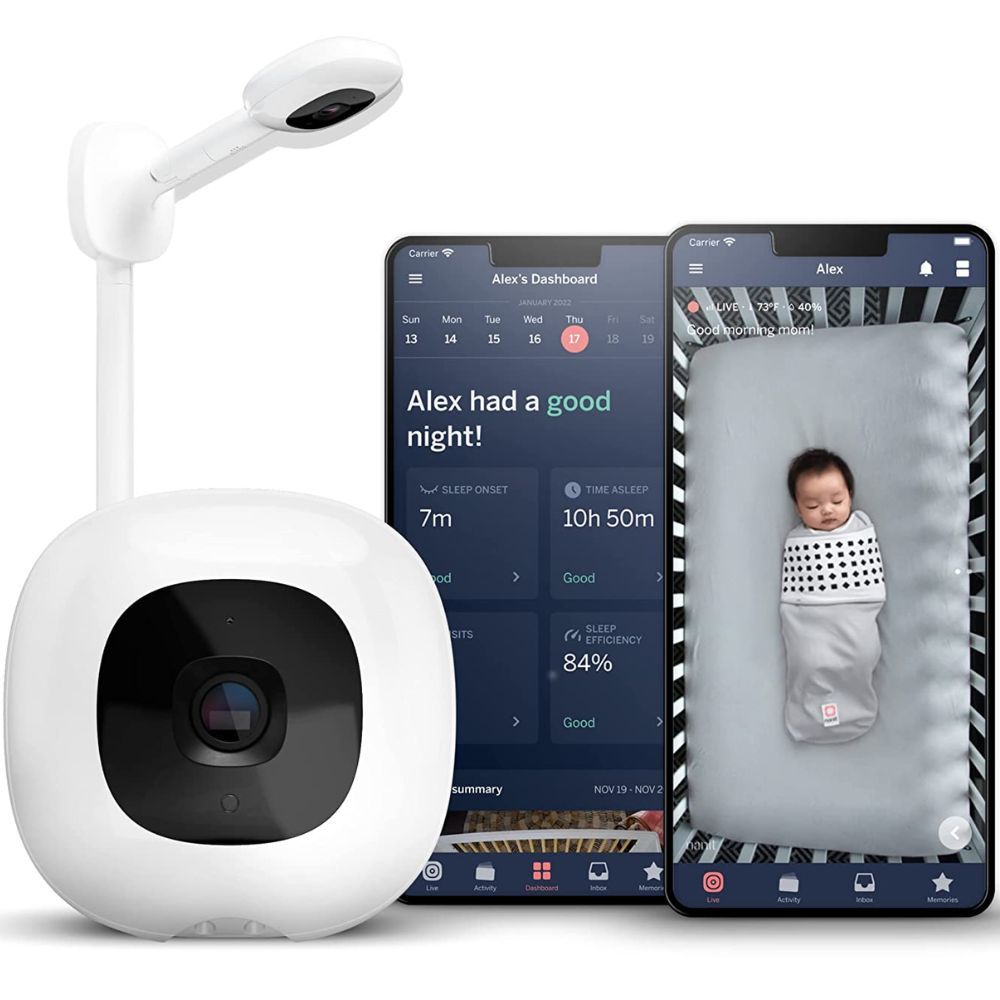
Additionally, some WiFi baby monitors come with features allowing you to speak to your baby through the receiver. Or, you can use the app software to turn on a lullaby or some calming music to soothe your baby back to sleep.
How Non-WiFi Baby Monitors Work
The best Non-WiFi baby monitor works by utilizing a radio frequency to transmit audio and video signals from the baby unit to the parent unit. These signals are similar to those used by cordless phones and walkie-talkies.
This type of monitor operates on a frequency restricted by FCC regulations. It means you can rest assured that it won't interfere with other wireless devices in your home.
The good news is that non-WiFi monitors are incredibly reliable; they're not subject to WiFi connectivity issues or any potential hacking concerns, so you can rest assured that your baby's safety and privacy are protected.
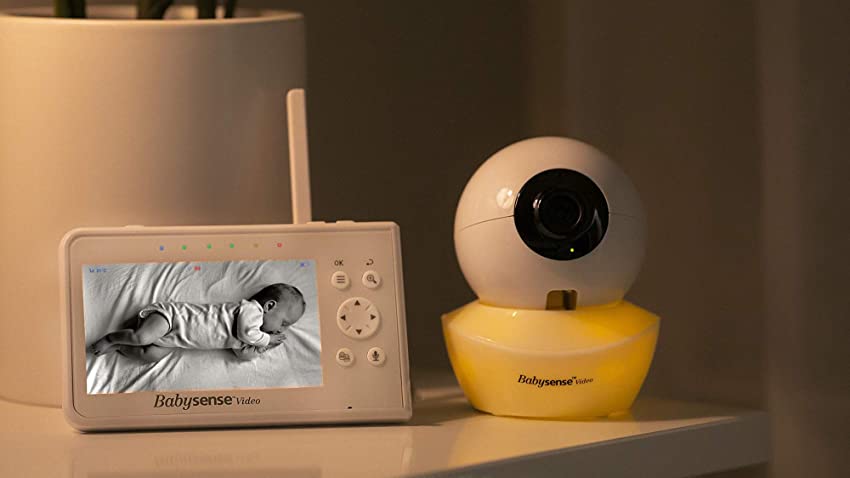
One thing to note is that non-WiFi monitors typically have a limited range. So, if you have a larger home or plan to take the monitor outside, you may want to consider a WiFi-enabled option.
Our top picks of the best baby monitor without wifi offer a variety of great choices.
Find out how to install a non-WiFi baby monitor in your nursery.
Key Differences
Transmission
Wi Fi monitors use your home's WiFi network to transmit the video and audio feed to the parent unit or your smartphone. Non-WiFi monitors, on the other hand, use radio frequency to connect the parent unit to the baby unit.
This means, WiFi monitors rely on a stable internet connection, while non-WiFi monitors do not.
Parent Unit
A WiFi monitor usually relies on an app on your smartphone or tablet, while a non-Wi Fi baby monitor usually comes with a handheld parent unit. If you prefer having a dedicated device to monitor your baby, non-WiFi might be the one for you.
However, if you don't mind using your phone or tablet, and you appreciate the convenience of having all your baby's info in one place, WiFi might be a better option.
Video Quality
WiFi monitors usually offer higher video quality, and some even come with additional features like night vision, zoom, and pan. Non-WiFi monitors usually offer standard video quality.
Pros of a WiFi Baby Monitor
Ability to Connect to Multiple Devices
This includes smartphones, tablets, and computers. This feature means that you and your spouse, or other family members, can all keep an eye on your little one without having to share one device. This also comes in handy when you're traveling, and you can connect to the monitor from anywhere in the world.
Immediate Alerts
With a WiFi monitor, you can receive immediate alerts if there is any movement or sound coming from the baby’s room. There are also models with advanced features that will notify you if the room temperature is getting uncomfortable for your baby.
You don't need to sleep with one eye open at night or be constantly wondering if your child is having a peaceful sleep. You will be alerted immediately so that you can attend to any issues that may arise.
Better Video Quality
WiFi baby monitors offer better video quality than non-WiFi baby monitors. The video feed is transmitted in real-time, meaning that you will get a clear and sharp video of your baby. Many models have night vision vision features, which makes it easy to view the baby even when the room is dark.
Multiple Functions
Most WiFi baby monitors offer other functionalities besides video and audio monitoring, such as the ability to play lullabies, activate white noise, nightlight and talk-back features so you can soothe your baby without physically being near them.
These audio and visual features provide more reassurance to a baby. Some models have smart integrations with voice assistants such as Alexa, where you can ask your voice assistant to play a song or turn on the nightlight and the Wi Fi monitor will comply.
Cons of a WiFi Baby Monitor
Security Concerns
The security of WiFi-enabled devices has been a growing concern in recent years. In 2019, the popular baby monitor manufacturer, Ring, had a security breach that allowed hackers to view and talk to children through the monitor's camera.
This incident highlights the importance of securing your WiFi-enabled baby monitor and being cautious when it comes to sharing personal information online.
Transmission Delay
Unlike traditional monitors that operate on a closed circuit, WiFi-enabled monitors rely on an internet connection to transmit audio and video. This dependence on the internet can result in a delay of several seconds, which could be detrimental in an emergency situation.
For example, if your baby is choking or in distress, the delay could prevent you from reacting quickly enough to prevent harm.
Price
The convenience of WiFi baby monitors comes at a price, as they tend to be more expensive than traditional monitors. While some brands offer affordable options, you'll typically pay a premium for a monitor that offers all the features you want.
Plus, there are additional expenses to consider, such as the cost of a stable internet connection, which is necessary for the monitor to function properly.
Pros of a Non-WiFi Baby Monitor
No Need for an Internet Connection
Unlike WiFi baby monitors, non-WiFi baby monitors do not require an internet connection to function. That means you don't have to worry about connectivity issues if your internet goes down.
Less Expensive
Another advantage of non-WiFi monitors is their affordability. They generally cost less than WiFi monitors, making them accessible to families on a tight budget. Since they don't need to be connected to the internet, there's no need to pay for a monthly service plan.
Radiation Free
Non-WiFi baby monitors emit less radiation than WiFi monitors. Some parents are concerned about the exposure of their newborns to electromagnetic radiation. With a non-WiFi monitor, you can eliminate that worry from your mind.
Simple to Set Up and Use
A non-WiFi baby monitor is easy to set up and use. Unlike a WiFi monitor that requires you to connect to a network, non-WiFi monitors generally have a simple plug-and-play setup. That means you can start using it the moment you take it out of the box.
Long-Lasting Battery Life
A non-WiFi baby monitor doesn't require a constant internet connection, which can drain its battery. That means it can last a long time before needing a recharge. Since it usually uses fewer features and functions, some models have a more extended battery life.
Cons of a Non-WiFi Baby Monitor
Limited Range
This type of monitor has a shorter range than a WiFi-enabled monitor, meaning that once you move beyond a certain distance, you'll lose the signal. This can be a problem if you have a large house or if you want to sit outside while your baby is sleeping.
Need for a Parent Unit
A non-WiFi baby monitor relies on a parent unit to receive signals, making it essential to carry around the unit wherever you go. Moreover, the parent unit may run out of battery faster than expected, which can result in you losing track of your baby when they need you most.
Interference
A non-WiFi baby monitor can be susceptible to interference from other household appliances that use the same frequency. This can lead to false alarms, which can be unsettling for new parents who are already anxious about their baby's wellbeing.
Conclusion
In the end, it all comes down to what makes you feel comfortable and secure. As a parent, you know what works best for you and your family, so trust your instincts and make the decision that suits your unique needs.
Whether you opt for a non-WiFi monitor that provides a reliable audio feed or a WiFi one that lets you check in on your baby from anywhere, what matters most is that you feel confident in your choice.
Thank you for reading Mother Bear Reviews, your favorite parenting blog!


